Rome is not
in Rome

The objects in Rome is not in Rome are based on architectural and cultural fragments, in- spired by perceptual elements like shadows, refractions, and mirages. These sculptures offer a reflection on the narratives of power that are invested in archeological artifacts, and on what happens to those narratives in an age of globalized patrimony and museology. Initially designed to occupy four empty pools in Marrakech’s El Badi Palace —a 16th century Saadi Dynasty ruin — the installation includes Aqueduct: a two-part pipe like column made of fired clay, Stadion: a leather upholstered fer-forgé coliseum, Well: a highly reflective red copper sink propped up onto a zelige tiled platform and Two Women at a Fountain: a large yellow copper hand clasping a circular wooden handle, based on an aquarelle by Eugene Delacroix. Each of the objects is meant as an encounter with a disparate historical fragment, where viewers happen upon the collection of items as an intriguing finding of sorts.
Rome is not in Rome is an investigation of historical motifs and motives which approach archeology and architecture as powerful tools that shape ideology and that have constructed visions of the world from the very first formulations of a global imaginary. The project seeks to make evident an uninterrupted lineage between early forms of looting and dispossession, and a softer form of cultural hegemony as formulated by contemporary global cultural initiatives such as The Louvre, The British Museum and others.
MB6,Marrakech, MA
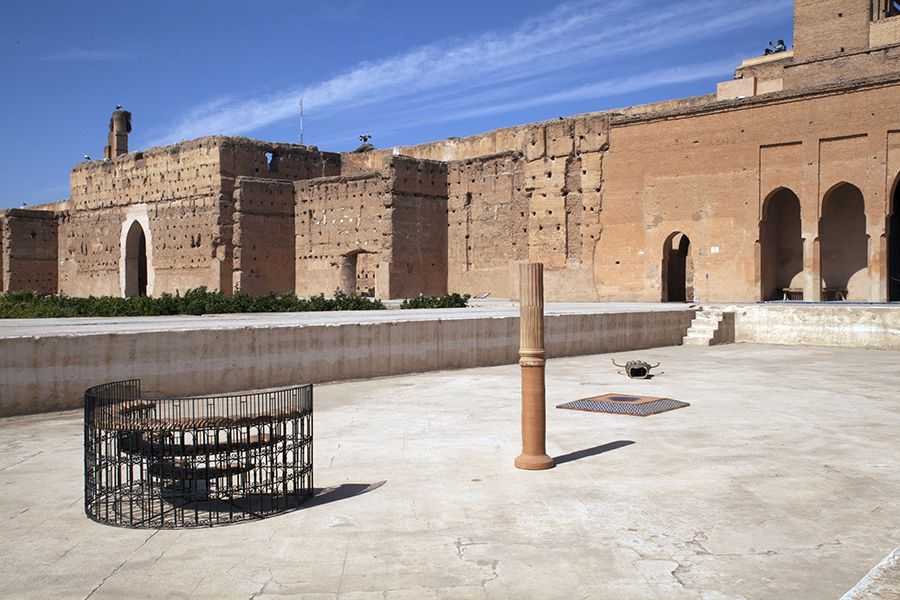

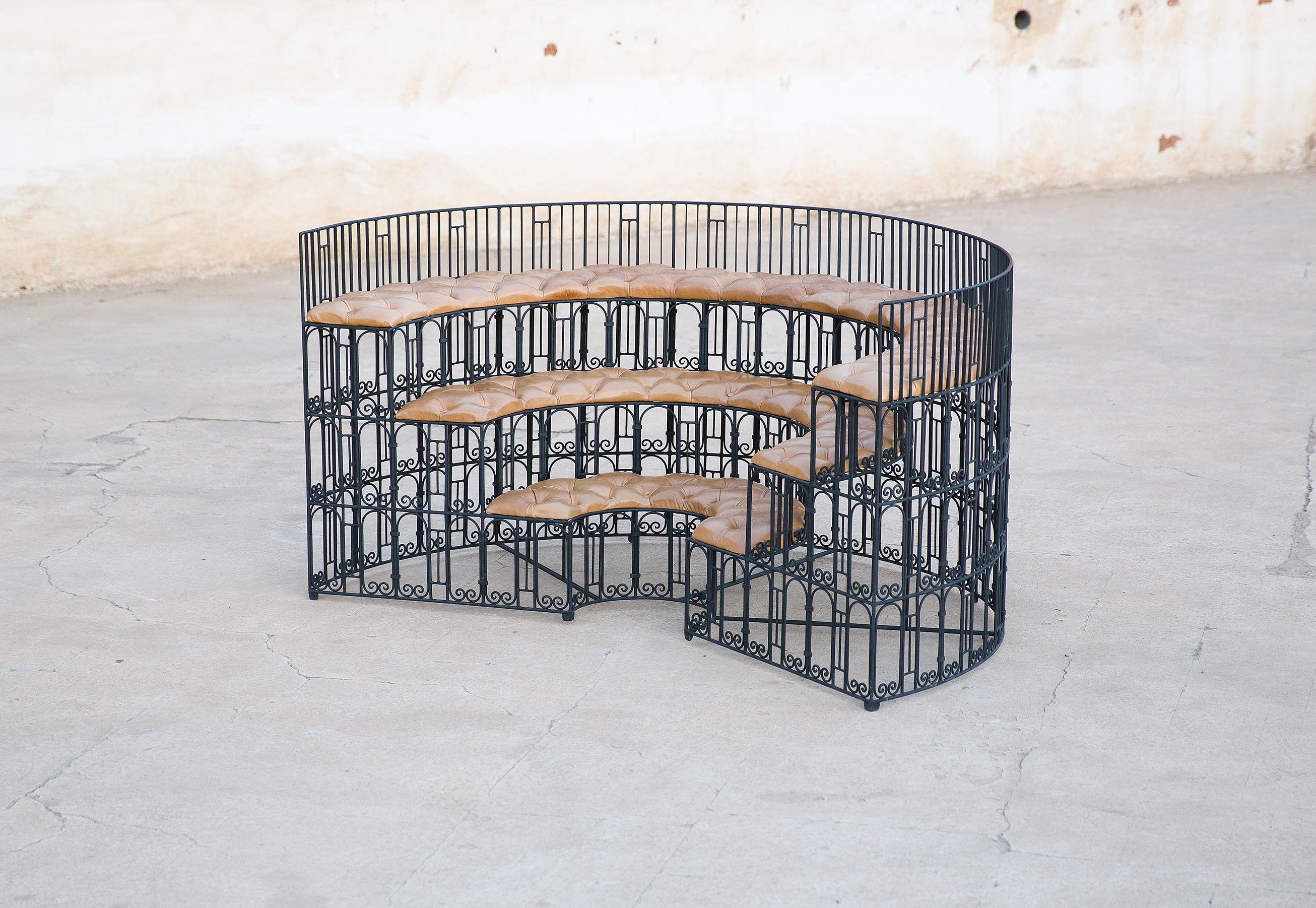
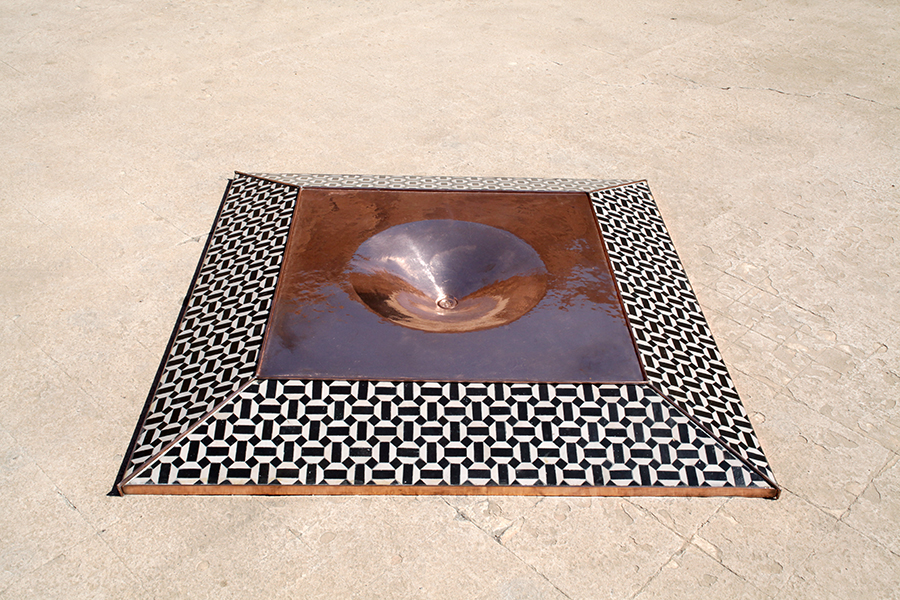
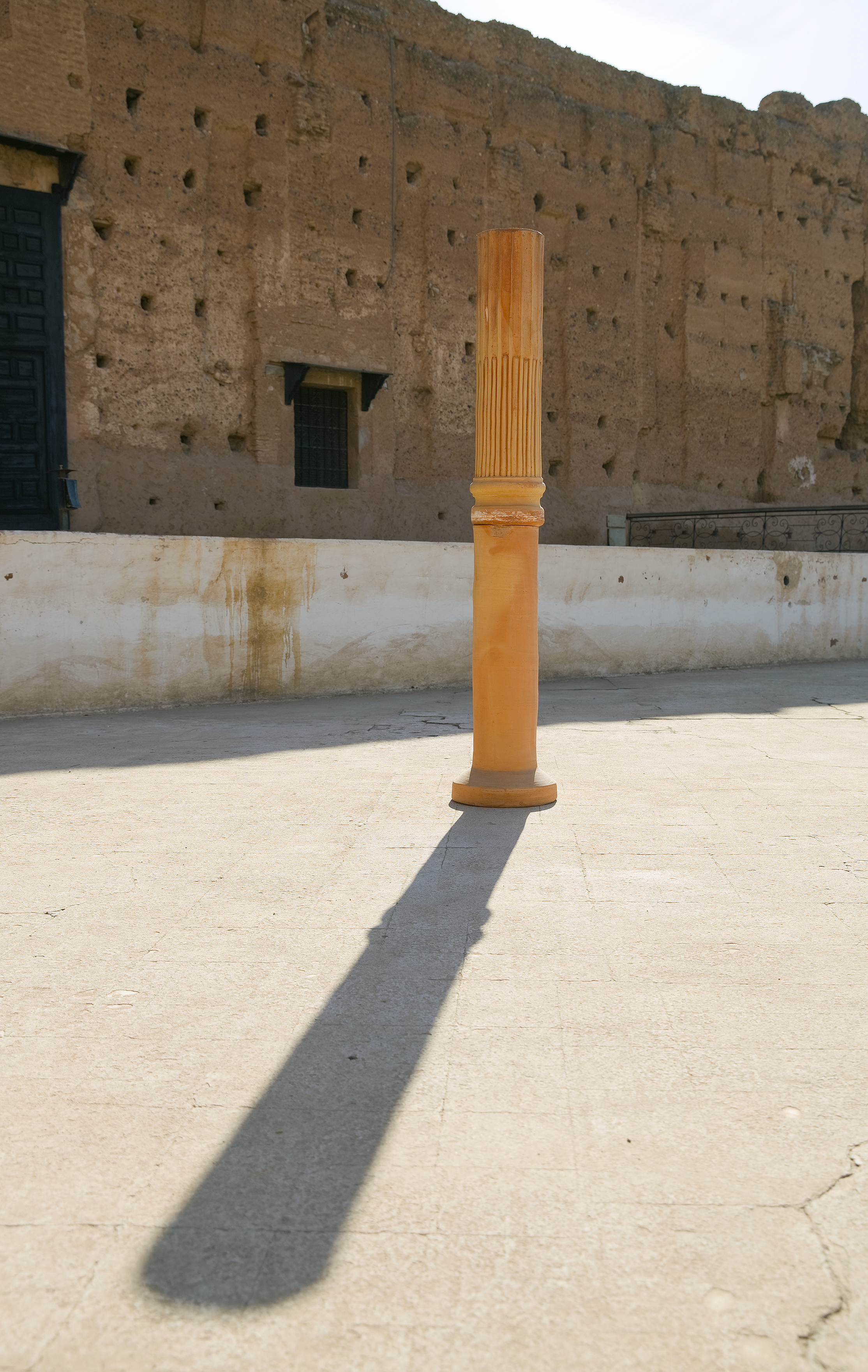
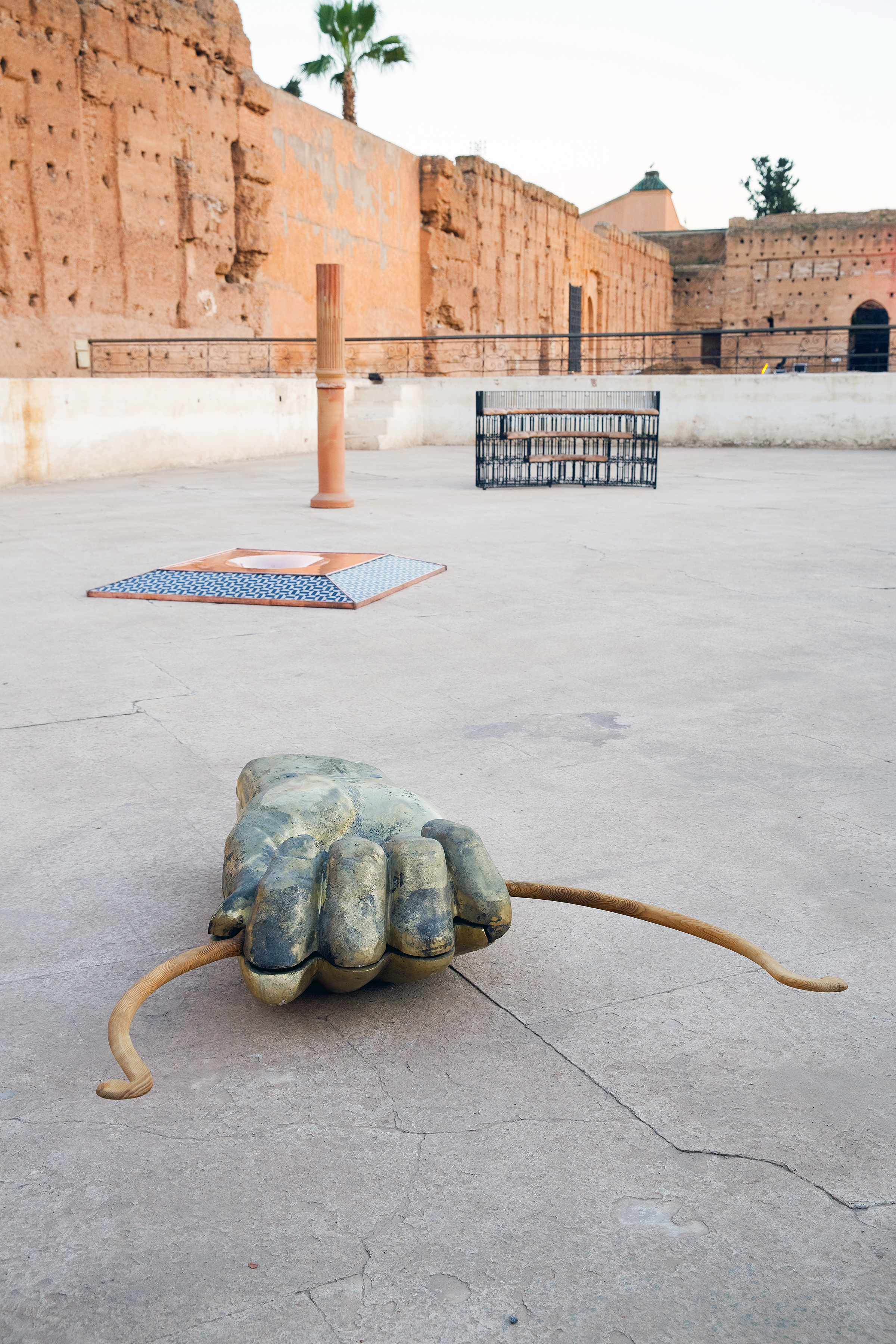
Maxxi, Rome, IT





A second part of the project is a text which weaves together various historical narratives that have to do with the role of artists, architects and designers in the space between diplomacy, and invasion. The narrative lingers from fashion giant Tod’s renovation of Rome’s Coliseo, to Eugene Delacroix’s discovery of the separation of colors based on his observations of the Moroccan sun (a theory impressionists and post impressionists will build on to formulate their approach to painting.) The story also includes the likes of Vivant Denon and Nicolas Conté drawing every and anything they laid their eyes upon as they rampaged through Egypt with Napoleon’s expedition. Greek geographer Erathostenes also appears in the story, as the first to determine the circumference of the globe by observing the lengths of shadows projected by pillars in Alexandria, and the reflection of the sun deep within wells in Aswan. The measurement unit he used for this was the stadion: a common measure based on the standard length of sports stadiums. Jean Nouvel’s architectural explorations of the reflections of the sun function as a narrative motor, taking the reader on a journey that refracts between hidden artifacts in downtown Beirut, to construction workers in Abu Dhabi, to renovations of historical buildings in Paris.
